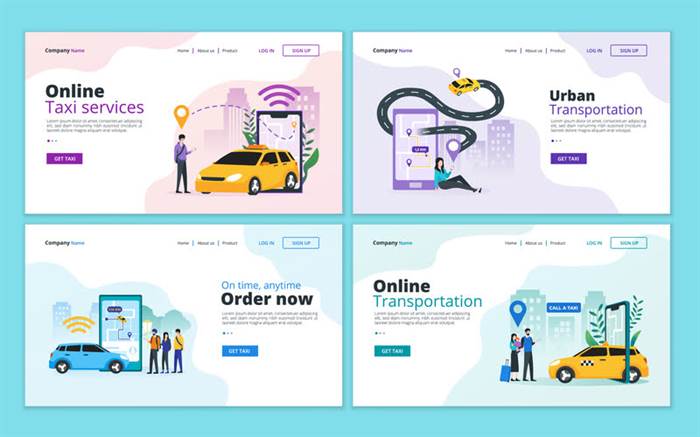The Best Cloud Deployment Strategies by Mike Tyson of the Cloud
Content
Further, as part of this deployment of the cloud computing model, the internal or external providers can offer resources. In this model, you can use a private cloud for critical data and the public cloud for tasks that are not significant. This way, you can utilize the potential of both models to benefit your business. If implemented strategically, this model can help you enjoy all the cloud computing benefits.

Direct connect proves useful when an organization runs a real-time application in the cloud that requires a lower latency for faster calculations. It allows systems and services to be accessible by a group of organizations. It is a distributed system that is created by integrating the services of different clouds to address the specific needs of a community, industry, or business.
Discover how pricing plays a crucial role when formulating strategies to deliver superior customer experience.
Hybrid is the most popular model, and it will probably remain like that for a while. You can easily extend the cloud’s capacity as your company requirements increase. Scalability and enhanced capability offer advantages for business continuity and can help businesses achieve sustainable development goals.
Complement your SaaS solution with third-party integrations and advanced cloud security options to make it more user-centric, secure, and data-driven. Cloud storage makes your data available anywhere, anytime you need it. Location or device constraints don’t prevent you from accessing your data from anywhere in the world. As long as you have a stable internet connection and a computing device in your hand, you can collaborate effectively with anyone, in any part of the world. Look to understand the provider’s disaster recovery provisions, processes and their ability to support your data preservation expectations (inc. recovery time objectives).
How To Choose The Right Cloud Deployment Model For Your Organization?
Statista estimates that by the end of 2022, the worldwide SaaS end-user spending will be valued at 171.9 billion USD, 16% more than what it was in 2021. Supply Chain Management, Business Intelligence, Enterprise Resource Planning , and Project and Portfolio Management will see the fastest growth in end-user spending on SaaS applications, through 2022. Take time to establish workable SLAs types of cloud deployment models and contractual terms – they’re the main form of assurance you have that the services will be delivered as agreed. What type of customers do they have and what markets do they count as important – vertical emphasis may prompt investment in valuable niche offerings. Vendor lock-in, is a situation in which a customer using a product or service cannot easily transition to a competitor.
- It’s less common but a lot of organizations are turning to a serverless model .
- Third parties run and own public clouds, which provide computing resources, like servers and storage, over the internet.
- •Public cloudAs the name suggests, this type of cloud deployment model supports all users who want to make use of a computing resource, such as hardware or software on a subscription basis.
- The services can be availed from any part of the world at a minimal per-month fee.
- To know which model would best fit the requirements of your organization, let us first learn about the various types.
It provides numerous opportunities to design and deliver new digital services for your customers and employees. Cloud enables your business to respond quickly to the changing needs during periods of disruption. Here are a few reasons why your business needs cloud computing solutions.
Hybrid Cloud Deployment Model
In IaaS cloud service model, the cloud provider maintains the hardware along with servers, storage and networks while you manage the rest of the framework. The cloud service providers place the servers in the data center and the hardware is made ready to use. •Private cloudTrue to its name, a private cloud is typically infrastructure used by a single organization.

Each sort of cloud deployment has its own set of advantages that can dramatically increase your company’s value. For small and medium-sized businesses, the public cloud is a fantastic place to start. https://globalcloudteam.com/ As your needs change, you can move to a different deployment model. An effective plan based on your expectations can be established using the above-mentioned cloud deployment methodologies.
Cost Savings
However, the hybrid deployment model only makes sense if companies can split their data into mission-critical and non-sensitive. With all the available cloud options, the multicloud strategy seems like a natural step in IT evolution. Today, 93% of all enterprises use multicloud environments, i.e., the enterprise relies on multiple vendors.

We have grouped these into 8 sections to help you effectively compare suppliers and select a provider that delivers the value and benefits your organisation expects from the cloud. Ensure a successful hybrid cloud implementation with insights and best practices from our cloud experts. PlatformsPlatforms Overview – Built for customer-centricity, efficiency, and security.Xelerate – Increase customer lifetime value and manage revenue effectively. Product Rationalization – Reduce complexity, enable agility, and offer a spectrum of choices to your customers. Telecom – Enhance your customer experience management capabilities with the right level of process automation, analytics and product innovation. Time Management – How time plays an important part in successful cloud migration.
Reliability & Performance
The applications, software and hardware components are managed by the cloud service provider. With PaaS , you own and manage the applications that run on the software components of the cloud infrastructure. The software and hardware components are managed by the cloud service provider. A large established business with thousands of customers will need a different cloud deployment model than a small startup. The type of data that a business routinely handles will also drive what cloud deployment model is best.
